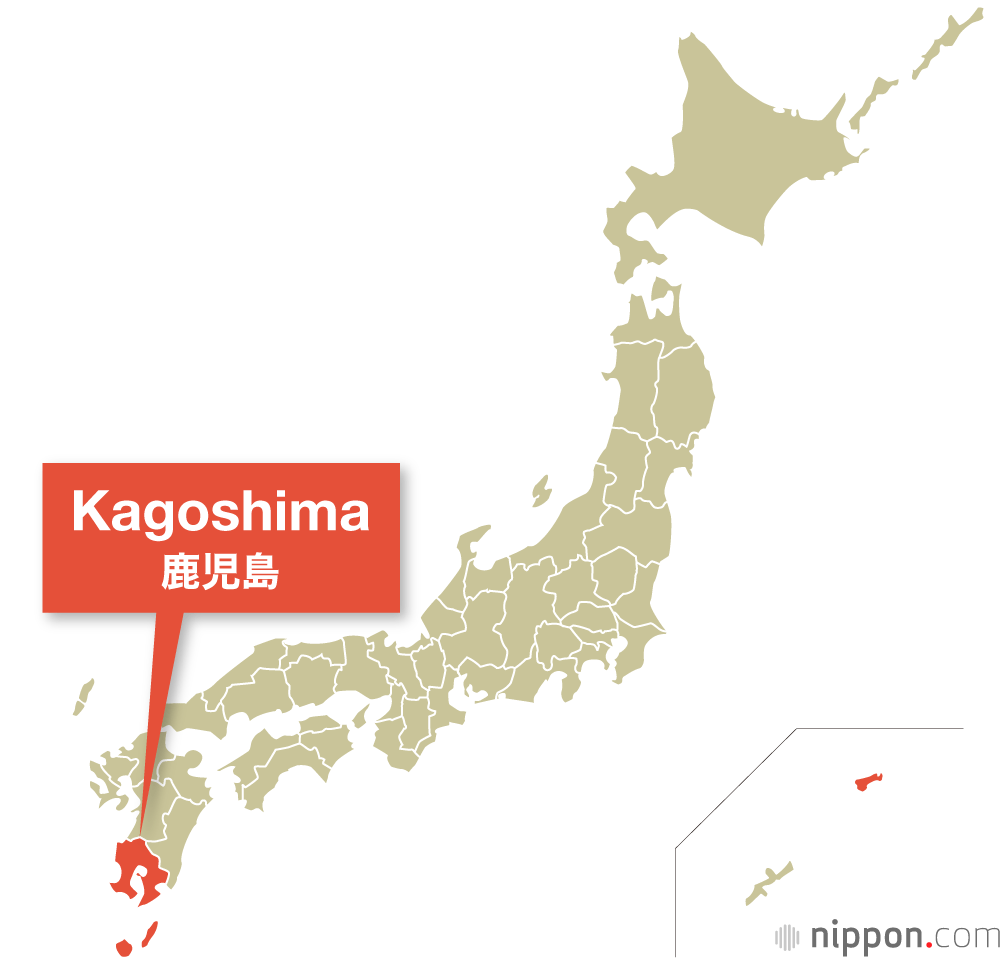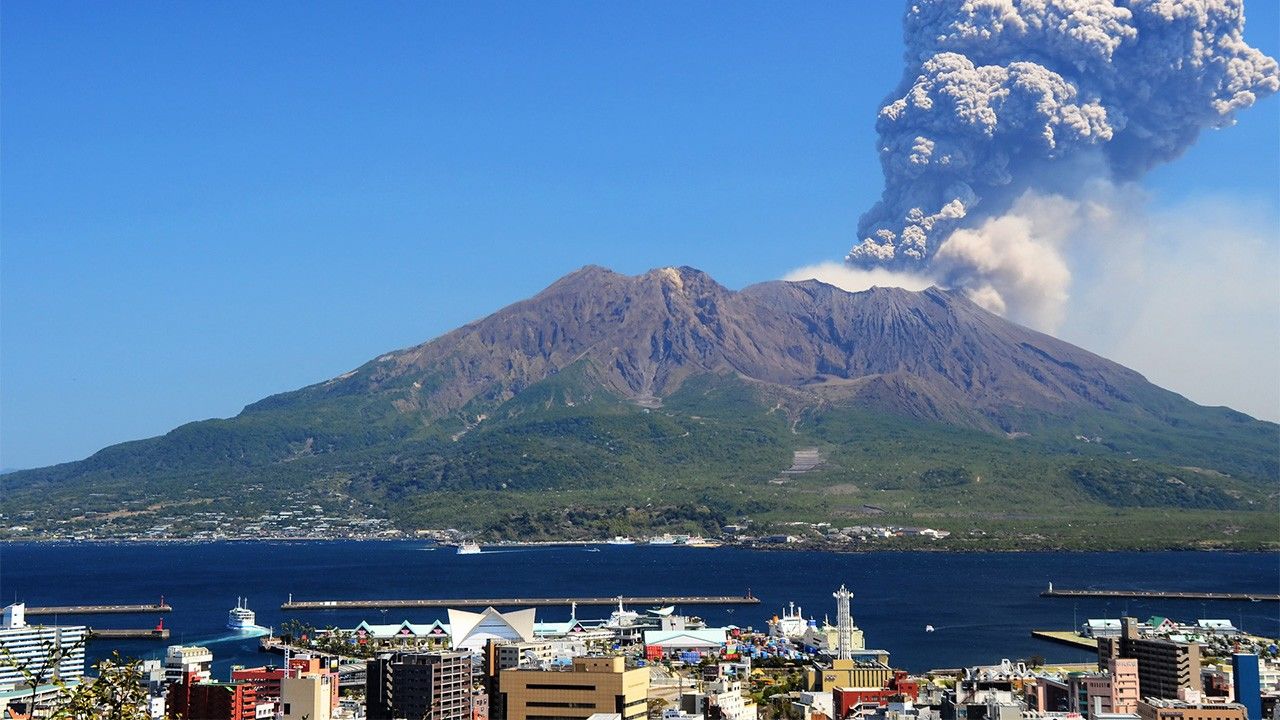
Kagoshima Prefecture
Guideto Japan
Culture History- English
- 日本語
- 简体字
- 繁體字
- Français
- Español
- العربية
- Русский
Kagoshima Prefecture is located on the southernmost tip of Kyūshū and includes the Tokara, Amami, and Ōsumi island groups. The mainland landscape is dominated by low hills that give way in areas to large volcanic peaks, most notably Mount Kirishima, Mount Kaimon, and Sakurajima, Japan’s most active volcano. The southern portion of Kagoshima consists of the Satsuma and Ōsumi Peninsulas, which are divided by Kagoshima Bay. The prefecture’s long, rugged coastline fronts on the Pacific Ocean to the east and south and the East China Sea to the west.
Kagoshima Prefecture at a Glance
- Established in 1871 (formerly Ōsumi and Satsuma provinces)
- Capital: Kagoshima
- Population: 1,588,000 (as of Oct. 2020)
- Area: 9,186 km2
Large stretches of the prefecture fall within the boundaries of different national parks, offering visitors natural scenery ranging from forested volcanic highlands to indented coastlines. The nature and culture on the southern islands of Yakushima and Amami Ōshima are particularly popular with travelers. Sengan’en Garden, Shiroyama, and the Kagoshima Aquarium are well-known sites in the capital of Kagoshima, and in summer the city hosts the large Ohara Festival. Other attractions in the prefecture include the hot sands of Ibusuki Onsen, the stunning natural scenery of the northerly Hokusatsu area, and the historic samurai neighborhood in Chiran.
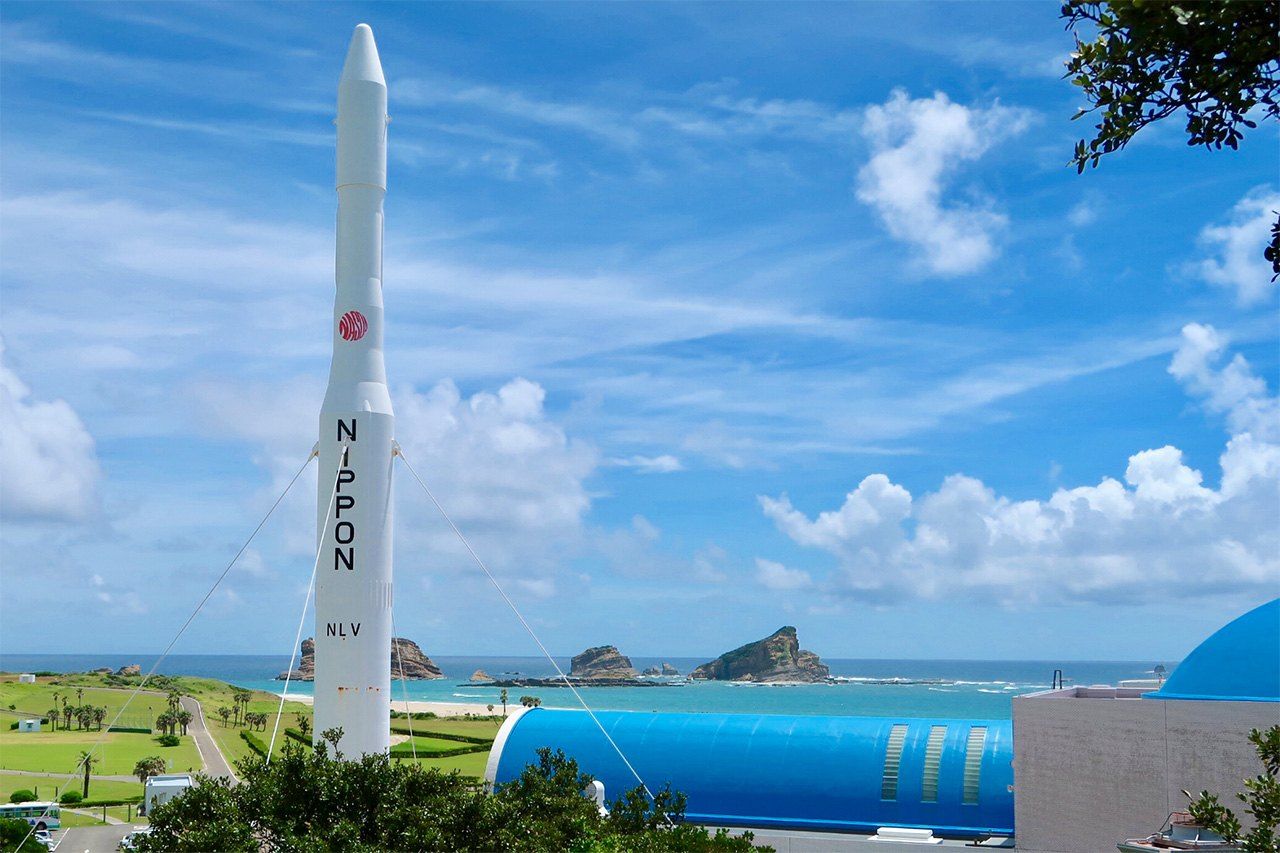
Japan’s largest space center and the Museum of Space Science and Technology are located on the southern island of Tanegashima. (© Pixta)
Along with staple vegetables, Kagoshima is a major producer of sweet potatoes, green tea, and sun-loving fruits like mangoes and biwa (loquats). Livestock, particularly kurobuta pork and Kagoshima wagyū brands, forestry, and fishing are also key sectors. Industry centers around foodstuffs, with metals and electronics- and automobile-related production also being of importance. The prefecture produces a wide variety of traditional products, most notably ceramics, bamboo crafts, and tinware.
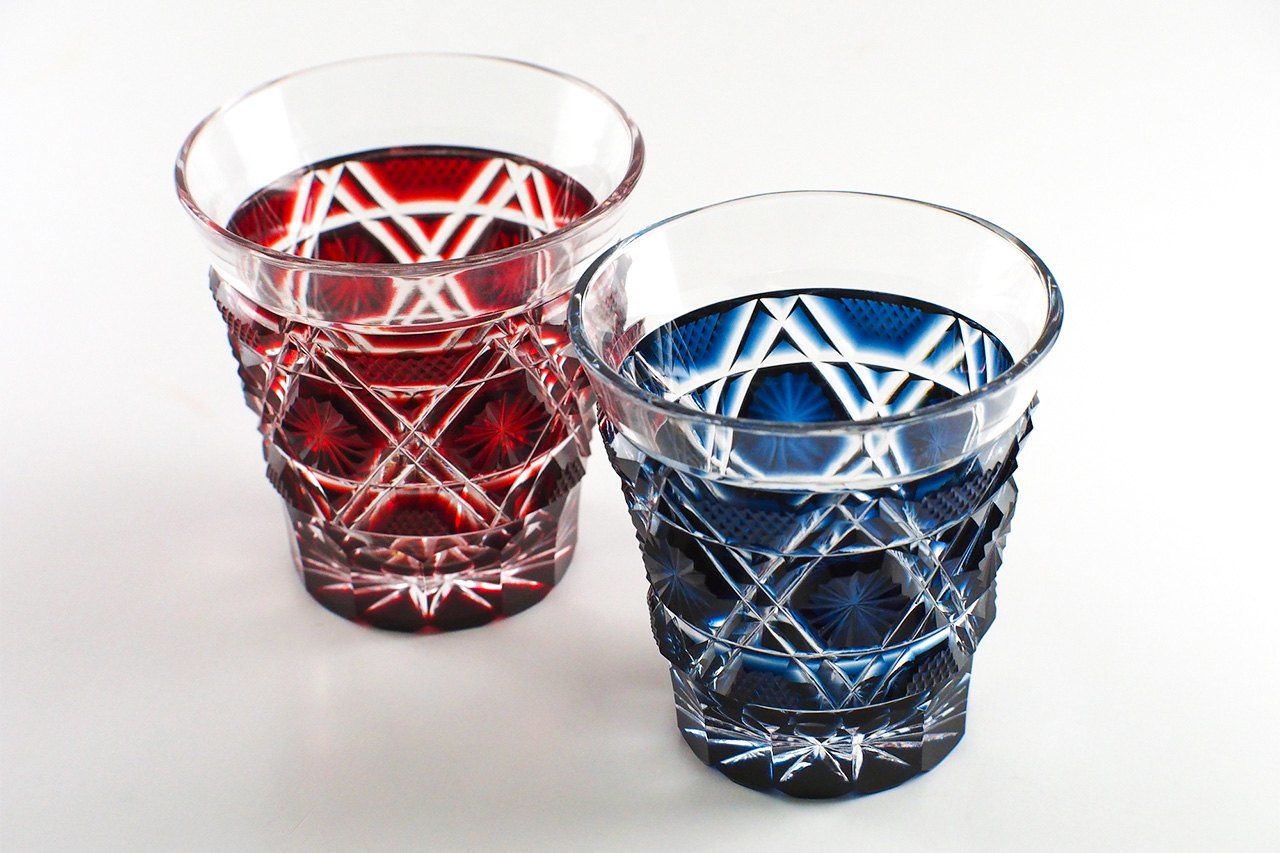
Satsuma kiriko is a popular style of cut glass from Kagoshima. (© Pixta)
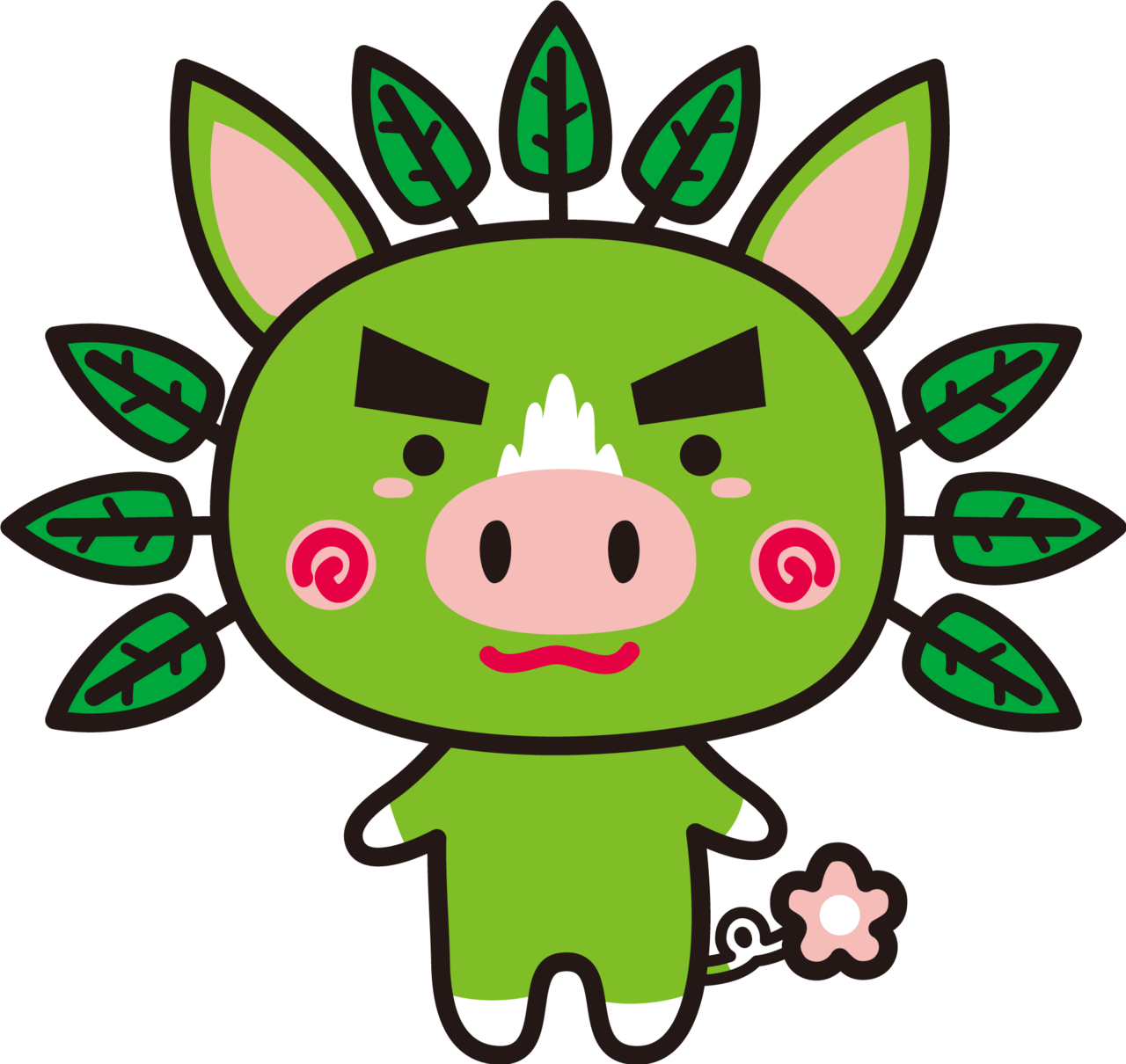
Kagoshima‘s official public relations mascot, Greboo, combines the prefecture’s nationally famous kurobuta brand of pork with its rich natural environment. (© Kagoshima Pref. Greboo #944)
Famous Figures
- Ōkubo Toshimichi (1830–78): Statesman and member of the diplomatically important Iwakura Mission. One of three leading figures of the Meiji Restoration.
- Saigō Takamori (1828–77): Samurai and nobleman who helped overthrow the Tokugawa shogunate and played an important role in establishing the new Meiji government.
- Tange Umeko (1873–1955): Organic chemist and first Japanese woman to earn a doctorate in science from an American university.
(Originally published in English. Banner photo: Sakurajima, here spewing ash and smoke, dominates the Kagoshima skyline. © Pixta.)
For the complete list of the country’s 47 prefectures, see “The Prefectures of Japan.”
